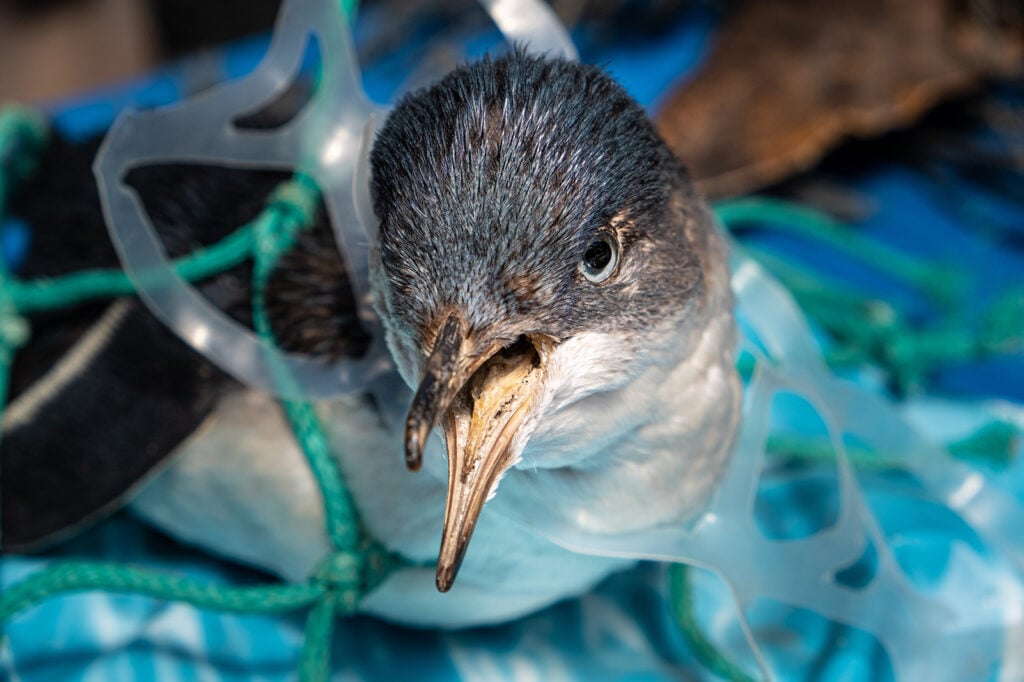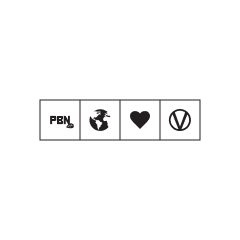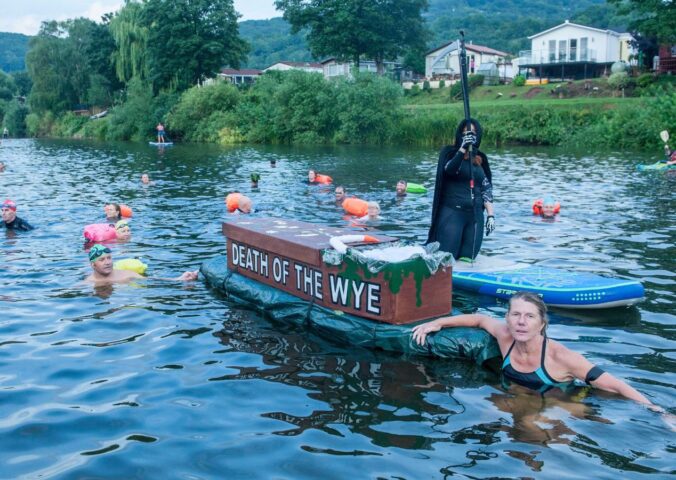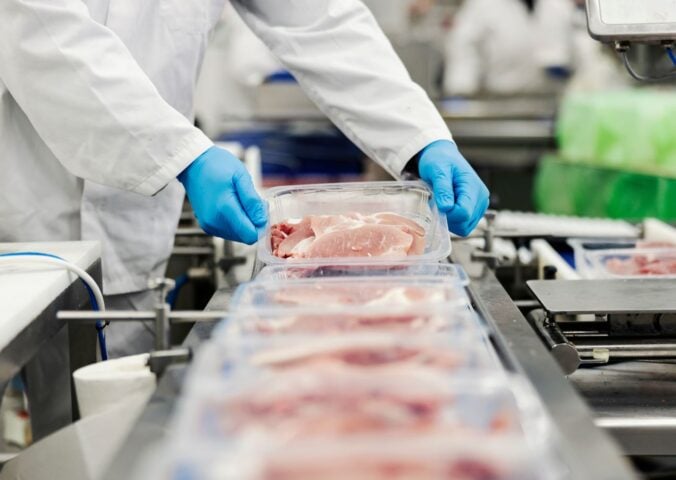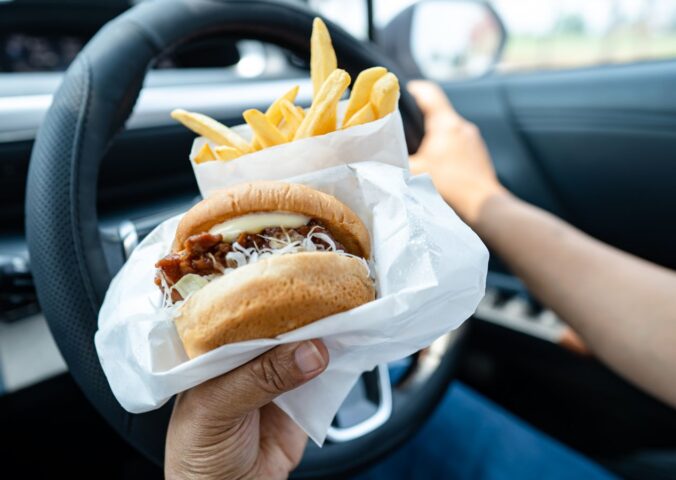This is a sponsored post * [what is this?]
It now goes without saying that the world is at serious risk from escalating environmental hazards.
News reports about global warming, the use of fossil fuels, and other alarming ecological disasters are now ubiquitous.
But somehow, the ever-growing single-use plastic crisis has garnered less attention, despite it now reaching epidemic proportions.
The ‘Mass Plastic Production’ Problem
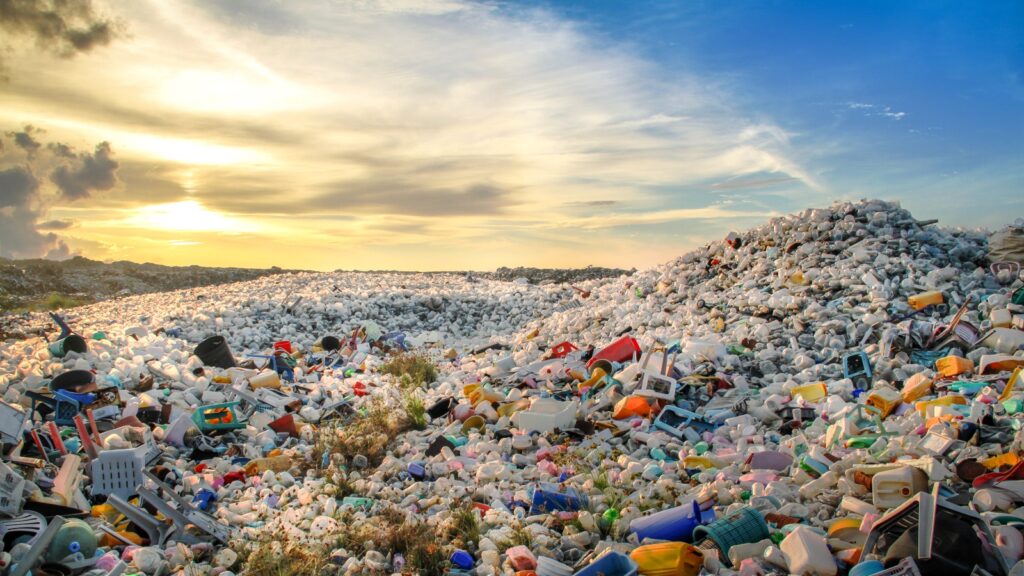
Plastic is a durable product, designed for longevity. While this is useful in some regards, it’s also becoming increasingly apparent that it spells bad news for the environment. It all boils down to the sheer scale of plastic produced, and the incredibly long time it takes to break down.
The mass-production of plastic only started in the 1950s. Yet since then we’ve created 8.3 billion tonnes of the material. To put this in perspective, that’s the equivalent weight of 25,000 Empire State Buildings, or 100 cities full of skyscrapers.
Even more concerning is the fact that half of all that plastic has been produced within the last 15 years. It also doesn’t help that some types of plastic take up to half a millennium to break down.
In addition to this, plastic never fully decomposes; meaning all the plastic we produce will remain in our oceans, landfills, and food chains.
Single-Use Plastic Has Reached ‘Epidemic Proportions’
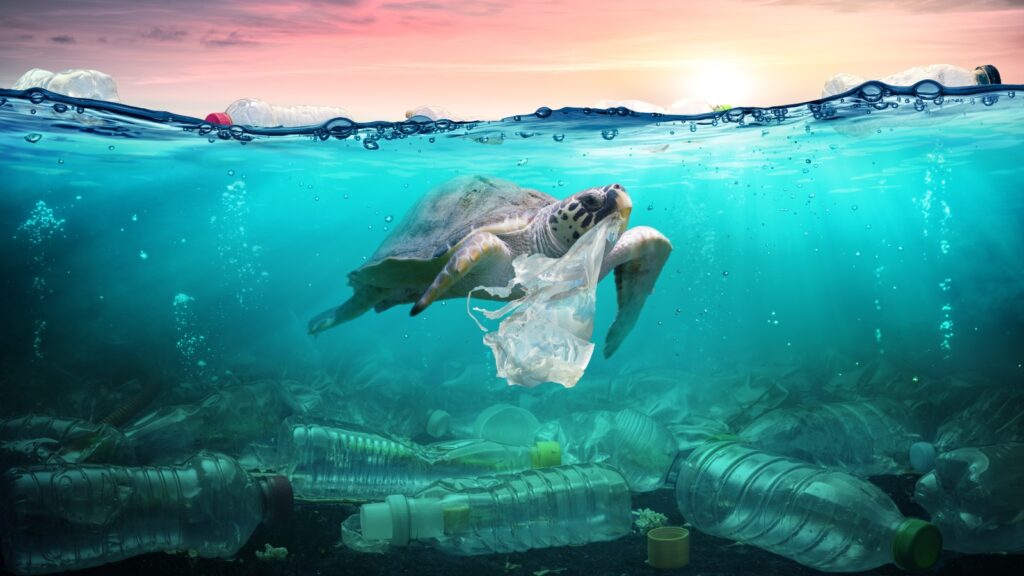
Single-use plastic items now account for a staggering proportion of this plastic waste ruining the planet. Of the 368 million metric tons of plastic produced each year, around half is designed to only be used once and then discarded.
What’s more, an enormous amount of these items are never recycled or placed into landfills. Instead, they end up in the oceans. It’s been estimated that at least eight million tonnes of plastic find their way into the sea every year. This equates to the contents of one rubbish truck being poured into the ocean every minute.
The growing concern: It’s only estimated to get worse. If things continue to escalate as they currently are, this figure is expected to increase to two rubbish trucks per minute by 2030 and four by 2050. Experts are even warning that by 2050, the seas could contain more plastic than fish.
More than 80 percent of marine debris found in the Great Barrier Reef is plastic. This includes microplastics, macroplastics, and abandoned, lost, or discarded fishing gear.
All of the above directly impacts the health of marine life and humans. Belgian scientists have recently assessed that people who regularly eat seafood are also ingesting up to 11,000 tiny bits of plastic annually. Similarly, UK scientists observed that microplastics were to be found in around a third of all fish caught in the English Channel.
Which Single-Use Plastic Products Are Causing Significant Damage?
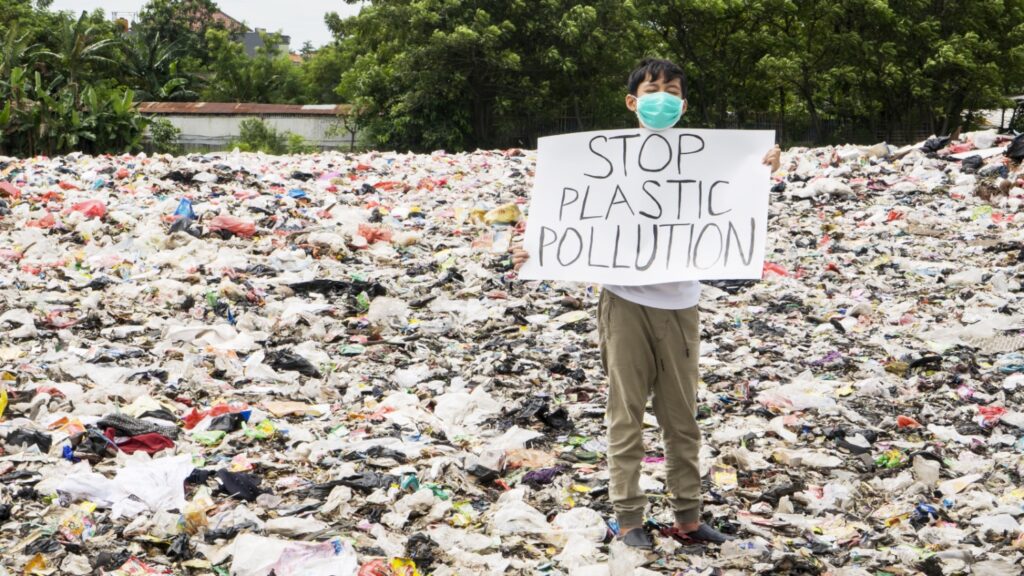
Cotton Q-TIps
Within this overarching plight, some items are particularly bad offenders.
Cotton ear buds are a prime example. In 2017, more than 543 billion cotton buds were used globally, and that figure is estimated to grow by 3.4 percent annually. Rather than being recycled or disposed of appropriately, these items are frequently flushed down toilets and find their way to the sea.
According to the Cotton Bud Project, a cotton bud’s long thin shape can pierce the internal organs of marine animals that may accidentally ingest them, and plastic stems regularly turn up in the stomachs of seabirds.
As the plastic breaks down, it not only adds to microplastic pollution but also continues to pose a threat to wildlife throughout the food chain from ingestion or toxic release.
Plastic Bags
Plastic bags are also one of the most damaging single-use plastic products.
The United Nations has estimated that between one and five trillion plastic bags are used worldwide every year. This translates to approximately ten million bags every single minute. If this number of bags were tied together, they could wrap around the entire world seven times every hour.
Plastic Bottles
Another particularly harmful single-use plastic item is the plastic bottle.
Plastic bottles are generally used as drinks containers for everything from water and juice to soda and alcohol. In 2017, it was established that more than one million plastic bottles were bought every minute. That figure is projected to jump up by 20 percent by the end of 2021, where half a trillion bottles will be purchased annually.
These bottles are generally made from polyethylene terephthalate, which is recyclable. But, current efforts to accomplish this are falling far behind the levels of production and consumption. In fact, around 91 percent of the current plastic bottles are not being recycled.
Plastic Straws
Plastic straws are yet another example of single-use plastic products that are wreaking havoc on the environment.
Research estimated that around half a billion of these products were used in the USA alone on a daily basis in 2017. By 2018, scientists were reporting that our world’s coastlines were littered with approximately 8.3 billion plastic straws. This points to even more devastating consequences for both marine and human life.
Plastic Packaging
A final example of single-use plastic items that have a devastating environmental impact is plastic packaging.
The rate of production has rapidly increased over the past half-century. In the mid-1960s around 15 million tonnes were produced, but this leaped up to approximately 311 million tonnes by 2014. That figure is expected to double again by 2035.
Plastic packaging represents around 26 percent of the total plastics used. However, only 14 percent of this vast amount is ever collected for recycling.
Government Restrictions On Single-Use Plastic Items

In response to the dire situation, there have been a number of bans on single-use plastic items by local councils and national governments. For instance, last year the UK government announced it would ban a slew of single-use plastic items including straws, stirrers, and cotton q-tips.
However, in a memo sent to companies from the Department for Environment, Food and Rural Affairs (Defra) – the ban was delayed by six months due to COVID-19. This sparked backlash from environmentalists, including Louise Edge, a plastic campaigner at Greenpeace.
According to the Financial Times, Edge described the delay as ‘understandable’, but stated: “The country has said no to pointless plastic straws, stirrers, and cotton buds and the sooner they are banned, the better.”
Elsewhere, the Canadian government has also committed to banning a range of single use plastic items by the end of the year. This will include shopping bags, drink stirrers, straws, beverage six-pack rings and more.
India has stated that it intends to ban all single-use plastic items altogether by the end of 2022, and a range of US states and cities have banned specific products.
That being said, it isn’t wise to just rely on legislation passing to solve this man-made problem. As the United Nations has argues: “Tackling one of the biggest environmental scourges of our time will require governments to regulate, businesses to innovate and individuals to act.”
Crucially, everyone needs to be playing their small role to help.
Evidently, understanding that something should be done and knowing what to do are two separate things. If you want to do your part for the environment, you can easily begin by replacing single-use plastic items in your life with sustainable alternatives.
This is where LastObject comes in.
LastObject’s Solution To The Single-Use Plastic Crisis
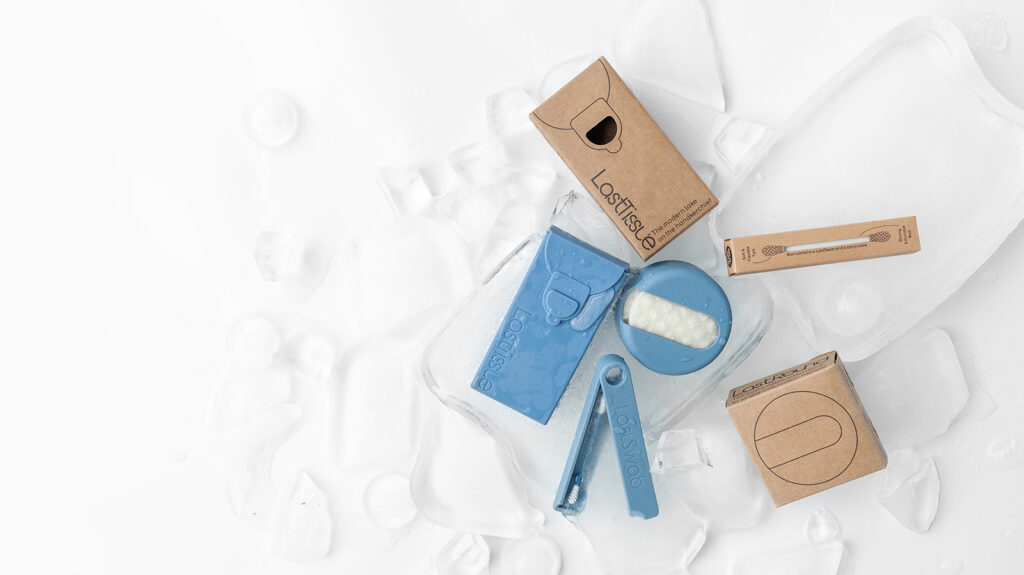
The good news is that there’s a shining light amidst the grim description of events above.
Danish-based innovator LastObject is on a mission to end the use of single-use plastic items.
The forward-thinking brand has developed superlative zero waste products that come with long-lasting shelf lives for the betterment of the planet.
Its catalogue of impressive merchandise is spearheaded by the LastSwab, which is designed as a green alternative to single-use q-tips.
It arrives packaged in an eye-catching biodegradable carry case and can be reused over 1,000 times, representing a significant reduction in your environmental footprint.
Isabel Aagard is the Founder of LastObject. Speaking to PBN, she said: “I was frustrated by all of the single-use products out there, and decided to spend my time on designing innovative solutions to wasteful habits that make a lasting positive impact.”
LastObject was founded in 2018 and the LastSwab arrived in 2019. Since then, many sustainable reusable products have been invented by Aagard and her team.
As an eco-fighter and power-mom that leads by example, she truly stands by her products and hopes to inspire others to adapt to living sustainably.
‘A Real Environmental Impact’
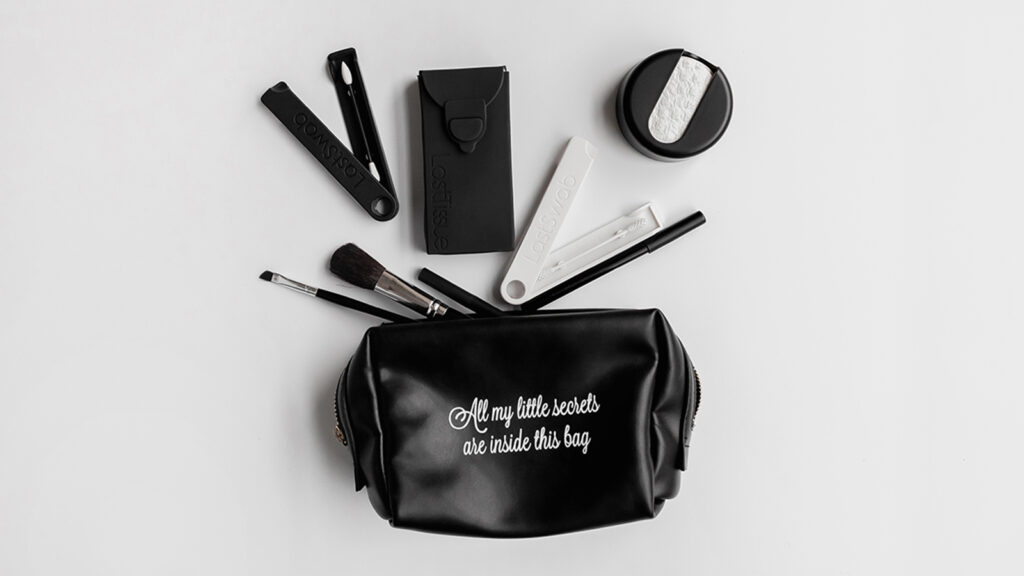
To date, LastObject has sold more than one million products that will reduce more than one billion single-use items.
But, it hasn’t stopped there. In addition to this, the brand has partnered with Plastic Bank to remove more than 27 tons of ocean-bound plastic. It has also teamed up with One Tree Planted to drive reforestation efforts.
Over the last three years, LastObject has also successfully expanded its range to include other exceptional zero waste products such as the LastRound and LastTissue.
The former is an eco-friendly alternative to single-use face wipes and the latter is LastObject’s answer to the threat rising deforestation poses.
By switching out just a few plastic items in your life for these eco-friendly LastObject products, you too can make a big difference to the intensifying single-use plastic crisis.
LastObject is giving customers the chance to win free products – just enter the giveaway event here. Your name will be included in the competition draw.
You can shop LastObject’s eco-friendly products at your convenience today.
* This is paid-for content; funds from this article help Plant Based News continue to provide millions of people around the world with free content they know and love. We only work with brands we support and use ourselves.
